The classic: The treatment of chronic osteomyelitis with the maggot (larva of the blow fly). 1931
- PMID: 20532712
- PMCID: PMC3048276
- DOI: 10.1007/s11999-010-1416-3
The classic: The treatment of chronic osteomyelitis with the maggot (larva of the blow fly). 1931
Abstract
This Classic article is a reprint of the original work by William S. Baer, MD, The Treatment of Chronic Osteomyelitis With the Maggot (Larva of the Blow Fly). An accompanying biographical sketch on William Baer, is available at DOI 10.1007/s11999-010-1415-4 . The Classic Article is ©1931 by the Journal of Bone and Joint Surgery, Inc. and is reprinted with permission from Baer WS. The treatment of chronic osteomyelitis with the maggot (larva of the blow fly). J Bone Joint Surg Am. 1931;13:438-475.
Figures

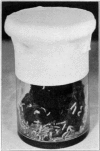
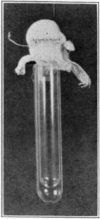

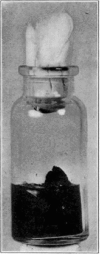
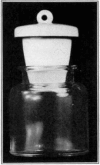
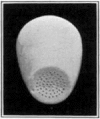






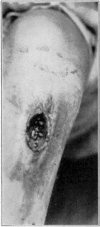


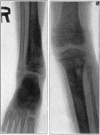

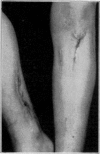
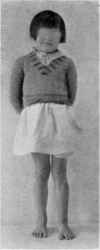
















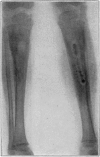



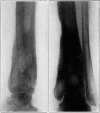



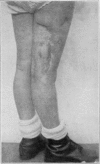
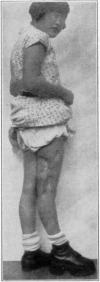





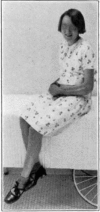




Publication types
MeSH terms
Personal name as subject
- Actions
LinkOut - more resources
Full Text Sources
Other Literature Sources

